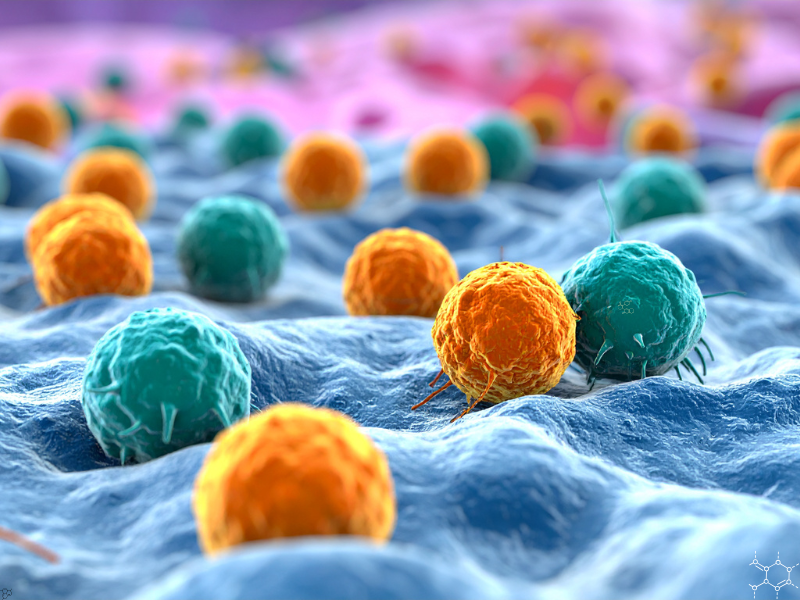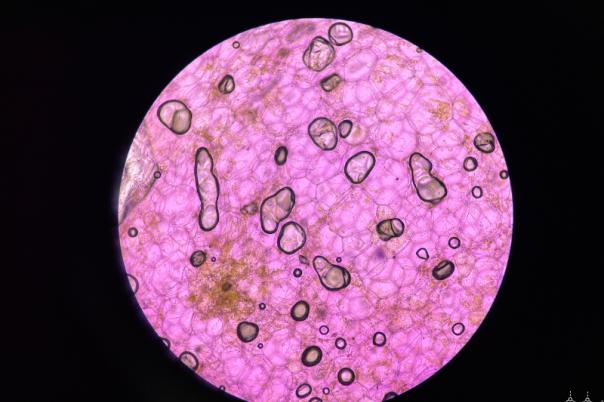Key Takeaways
- Spatial biology and AI integration can predict treatment outcomes in metastatic melanoma.
- Immune cell location and interaction within tumours significantly influence survival.
- High-plex spatial proteomics enhances precision medicine beyond traditional methods.
Introduction
Bio-Techne and Nucelai announced the presentation of crucial data from the SECOMBIT clinical trial at the Society for Immunotherapy of Cancer (SITC) 2025 Annual Meeting.
The study was conducted in collaboration with Professor Paolo Ascierto, a Professor of Oncology at the University of Napoli Federico and Istituto Nazionale Tumori Fondazionale Pascale. His research showcased the importance of spatial biology in translational research by combining immune-oncology (IO) multiplex immunofluorescence (mIF) panel with advanced AI-powered multimodal analysis.
Technology and Methodology
The COMET platform and a 28-plex mIF panel were used to profile 42 pre-treatment biopsies from patients with metastatic melanoma. Nucleai’s multimodal spatial operating system successfully identified distinct immune cell interactions that correlate with progression-free survival, overall survival, and clinical benefit across three treatment arms incorporating Immune Checkpoint Blockade (ICB).
Findings and Implications
Results from the study showed that the location of immune cells and how they interact within tumours has a significant impact on treatment success. Using AI and spatial biology to map these immune niches, researchers can more easily predict which patients will benefit from specific therapies, moving toward more personalised and effective cancer treatment.
Markers such as PD-L1+, CD8 T-cells, and ICOS+ CD4 T-cells are associated with better outcomes. Furthermore, PD-1+ CD8 T-cells in the tumour invasive margin and their interactions with PD-L1+ CD4 T-cells correlated with improved survival.
Industry Perspectives
Matt McManus, President of the Diagnostics and Spatial Biology Segment at Bio-Techne, said: “This study exemplifies how our innovative spatial imaging and analysis workflow can be applied broadly to clinical research to ultimately transform clinical decision-making in immuno-oncology.”
“This collaboration shows how precision medicine products can become more accurate, explainable, and differentiated when powered by high-plex spatial proteomics – not limited by low-plex or H&E data alone,” stated Avi Veidman, CEO of Nucleai.








